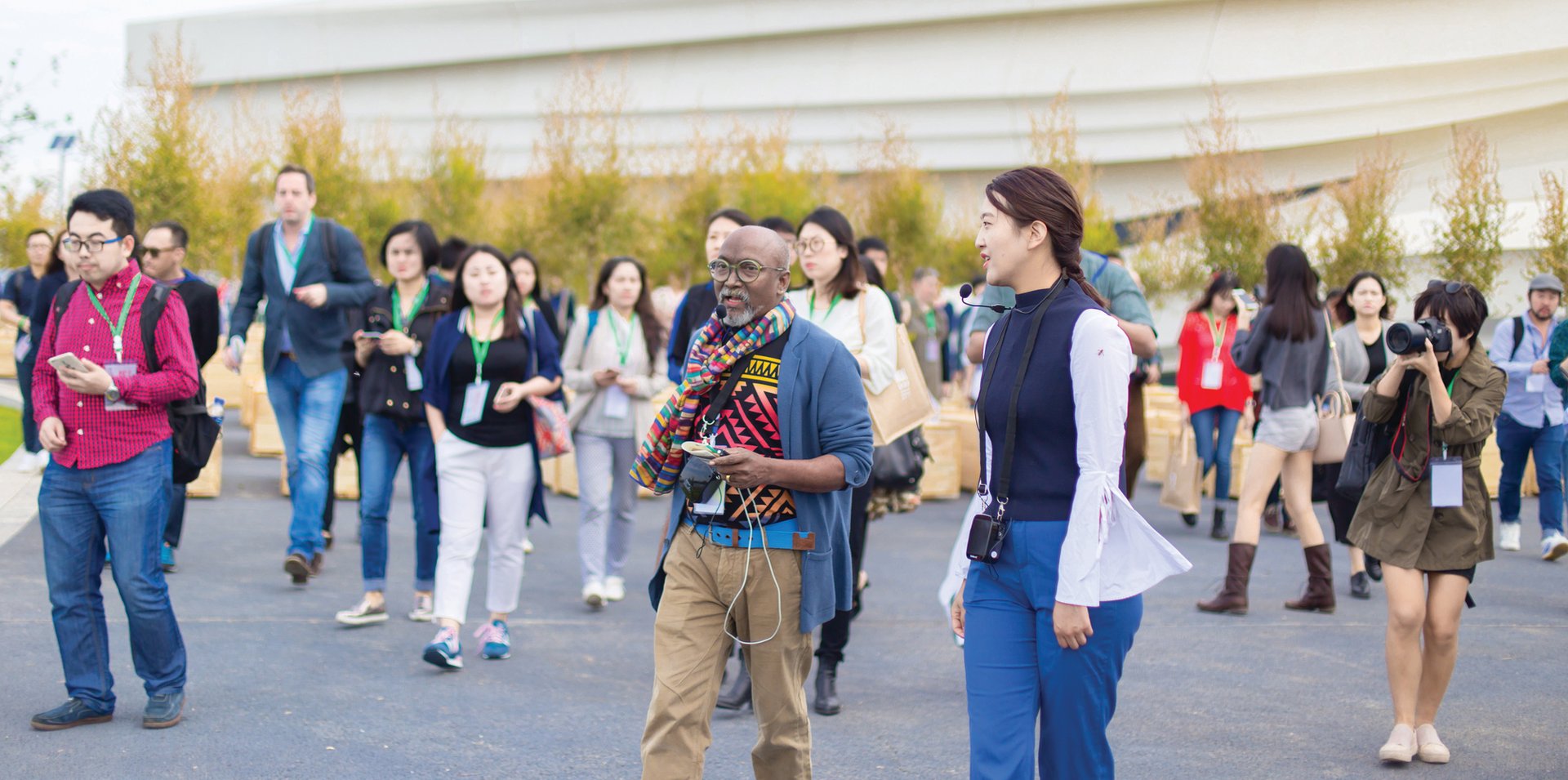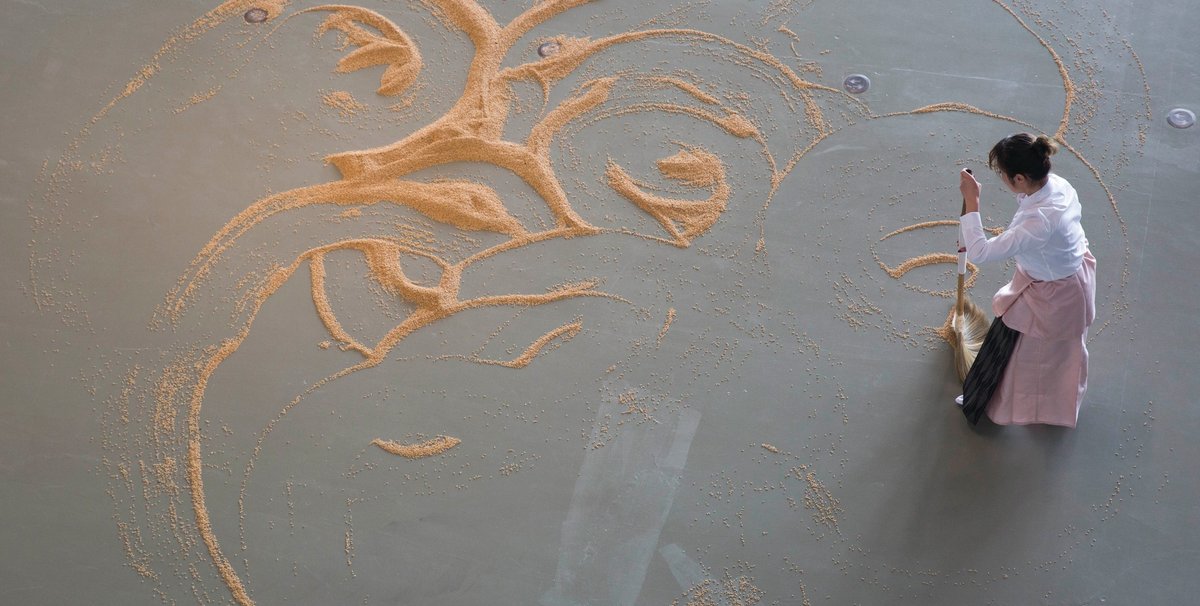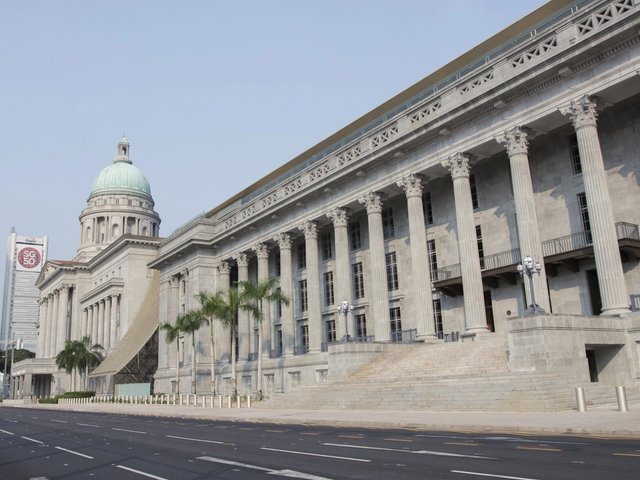Interaction between Asia’s artists and art institutions is blossoming, reflecting a new era of confidence and communication across the continent, and the proliferation of Asian institutions and events has helped support the growing curiosity across the region.
For the first time, the Singapore Biennale, which took place in February, exclusively featured Asian art, aided by guest curators from China, India, Malaysia and Singapore. In China, the 2016 Shanghai and Yinchuan biennials were organised by guest curators from India, respectively Raqs Media Collective and Bose Krishnamachari, bringing substantial representations of South and West Asian artists. The art fairs sprouting around the continent create further platforms for interaction, and many newer and smaller entries are targeting Asian galleries rather than fighting for the attention of blue-chip galleries in the West.

Contemporary art scenes in Asia have developed largely by showing work by local artists along with big names from the West. The mostly Western global star names are widely considered necessary to attract public and media attention, as well as to gain the international art world legitimacy that emerging art scenes crave. Collaborations tended to be more regional, between close neighbouring countries within East, Southeast and South Asia, rather than a continental conversation.
At the opening of the Shanghai Biennale in November, the Raqs Media Collective member Jeebesh Bagchi said: “If you look at the last four months, you have [biennials in] Gwangju, Taipei, Singapore, Shanghai, Kochi, and then there was Yinchuan, so about six or seven biennales [in Asia] with great prominence. You see them hosting curators and artists from all over the world, which I don’t think a European or American institution can ever do. So what is happening is a new geography, of artistic conversation and hospitality.”
The Asian biennials are also fostering the integration of individual countries’ art worlds. “Lately, more international attention is drawn to Filipino art and artists, who are more and more visible in international institutional exhibitions and biennials, which certainly has to do with transnational cultural initiatives and the economic prospects in the region,” says Birgit Zimmermann, the director of Manila gallery 1335Mabini, which is showing works by Soun Hong and Kiri Dalena in the Insights section of Art Basel in Hong Kong this year.
Zimmermann points to artists including Dalena, Poklong Anading, Manny Montelibano, Mark Salvatus and Tad Ermitano, whose work has been shown in exhibitions across the region. More Filipino curators are being appointed to international posts, “and with the growing support of local as well as international institutions and curators [Filipino artists’] visibility will become greater”, she says.
Mainland Chinese art’s juggernaut has been in no small part buoyed by the overseas Chinese populations throughout Asia. The Nanyang ethnic Chinese elite of Southeast Asia in particular are avid collectors of Chinese art, though mainland collectors and institutions have been slow to return the enthusiasm. Only a few Nanyang artists have gained traction in China, such as Singapore’s Ming Wong and Heman Chong, who had solo exhibitions respectively at Beijing’s Ullens Center for Contemporary Art in 2015 and Shanghai’s Rockbund Art Museum in 2016.
As with its economy, because of its sheer size, China’s cultural production inclines towards surplus and export. But galleries from the rest of Asia eye its enormous market, and are beginning to bring works to its main fairs. Meanwhile, mainland institutions are starting to look beyond artists from greater China and the West. Rockbund’s Hugo Boss Asia Art Award for Emerging Asian Artists has been biannual since 2013, and this September, Shanghai’s Yuz Museum will organise a survey show of works from the Korean Dansaekhwa abstraction movement.
Immigration and ethnic diversity have shaped the Asian internationalism of Singapore. The origins of its main resident population, from China, India, Indonesia and Malaysia support strong interest in those cultures, while recent waves of migration from those nations as well as Bangladesh, Pakistan, Myanmar, Sri Lanka, the Philippines and Thailand have brought new perspectives. The fluidity of modern migration blurs the lines of national and regional identity, the Singapore Biennale’s chief curator, Susie Lingham, says. Art “is not so nationally based” any more, she adds, citing as an example Kentaro Hiroki, a Japanese artist based in Bangkok. “It is not a straightforward diaspora, of one place to another.”
Asia’s growing artistic integration predates the West’s ambivalence about globalisation. US President Trump’s withdrawal from the Trans-Pacific Partnership could see a tightening of geopolitical ties between Asian countries and China. A similar cultural realignment might take place. Some optimists see Asian artists assuming a more robust defence of the liberal values now under attack in the West.
Monica Narula, a member of Raqs Media Collective, says: “To be alert and not to succumb to established 20th-century binaries, with their attendant gloom, is a challenge and needs many protagonists. That is why meeting grounds and gatherings emerging through and within contemporary art in Asia need to be made more vibrant.”
• Jeebesh Bagchi, the co-founder of Raqs Media Collective, is taking part in a Salon talk—What Biennials Do: Notes on Format, Friday 24 March, 2pm, auditorium, Entrance Hall 1A, Convention Centre




